Grabenstr. 18
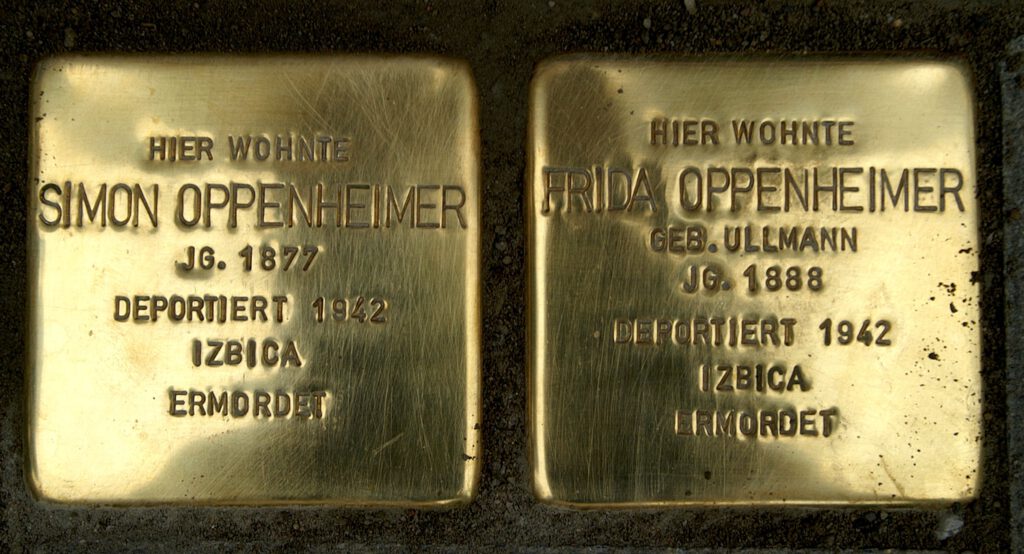
Home in Göppingen
Frida Ullmann, born on September 7, 1888, moved to Göppingen in November 1911, when she was 23 years of age. Her hometown was Haigerloch, a small community between Horb and Hechingen, which goes back with a long Jewish history. Her father, Louis, who had already passed away, has had operated in cattle business – an occupation which was quite common among the Jewish-Swabian rural communities. Her mother Helene, was originally out of Laupheim. Frida left her hometown to marry the butcher Simon Oppenheimer in Göppingen He was 11 years her senior. Did the families know each other through business dealings? Simon Oppenheimer (born December 14, 1877) was not from Göppingen too. His parents’ house was in Hemsbach on the Bergstraße, where his father Isaac had also been a butcher. At the end of 1907 he moved to Göppingen and soon took over the butcher shop founded by Sigmund Dörzbacher. It can be assumed that the Oppenheimer couple was successful in their business, because they could afford a large house in the city, buying it from Jakob Müller in Grabenstraße 18 / today at the Spitalplatz. On the ground floor they set up a kosher butcher shop, the second floor offered lots of room for their growing family, the third and attic floors were rented out.
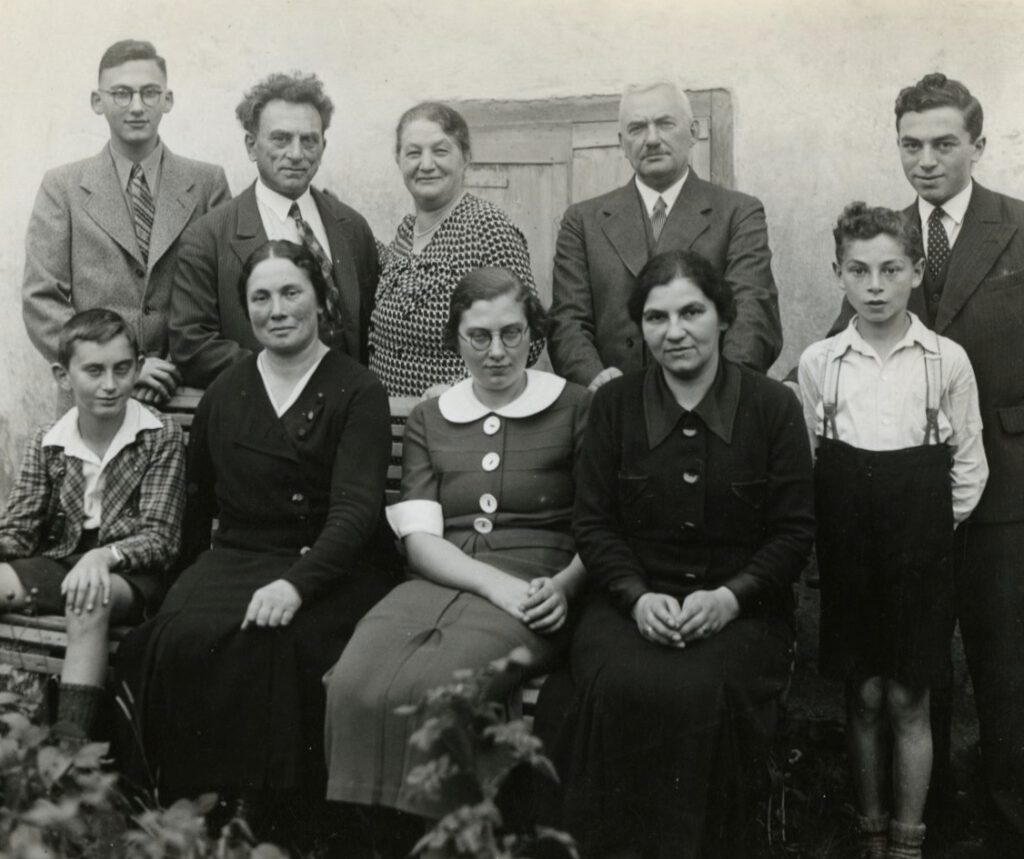
Good Neighborhood
The couple’s children were Selma, born in 1913, Lothar, born in 1915, Erna, born in 1916 and Kurt, born in 1920.
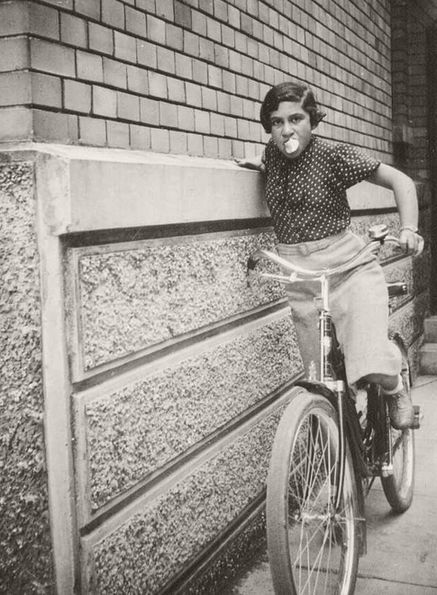
Late Lilo Guggenheim Levine, who grew up in the house next door, remembered her playmates well, especially Erna, “who sewed beautiful clothes for her dolls and little Kurt’s teddy bears”, and Kurt, who once “got himself covered in fresh tar”.
About the parents she wrote: “Simon Oppenheimer was especially friendly and nice, I think Mrs. Oppenheimer was more reserved, but also very nice. As a child you have a feeling for that and I had only good feelings about the whole family. I never heard my parents say a bad word about the Oppenheimers.”
It is known that Erna and Lothar Oppenheimer joined the Göppingen chapter of the Zionist Association. Maybe one can assume that this step represented scepticism of Germany’s majority society, or maybe their youthful spirit of rebellion played a role, because most of Goppingen’s Jewish men and women of the older generation considered themselves Germans belonging to the Jewish religion. However, the Oppenheimers’ carefree life ends when the Nazis come to power.
“Disrespect for the SA Guards”
The first expression of the state-supported hatred of Jews was the boycott of ‘Jewish’ stores on April 1, 1933, which was preceded by a rally against “Jewish atrocity propaganda”. Also in front of the Oppenheimers’ butcher shop SA guards were posted. Mr. Oppenheimer must have resisted this provocation, because in the Göppingen Zeitung (a local newspaper) from April 3 there was an article which read: “The butcher Oppenheimer was arrested for disrespecting the SA guards.” The duration of his imprisonment and possible further consequences are unknown. At the latest on November 9, 1938 Simon Oppenheimer must have felt Nazi violence firsthand. During the pogrom night his son Kurt was arrested and two days later taken to the concentration camp in Dachau, where he remained in torturous custody until December 29, 1938. Probably Simon had to stay one to two days in prison in Göppingen too. It might be because of his age of 61 by then, he was not deported to the KZ Dachau himself.
The Flight of the Children
Already in May 1937 their son Lothar was able to flee to England. Kurt and Erna followed him to London at the beginning of 1939. Lothar later continued on to the USA from where he tried to save his parents by taking afford to make it possible for them to emigrate. Selma, their oldest daughter, had already moved to Stuttgart in 1936. She immigrated to Palestine.
The parents Mr. and Mrs. Oppenheimer could not spend their remaining time in their own house in Göppingen. Hedwig Frankfurter, who owned the house at Lutherstraße 11 in Göppingen, wrote in a letter dated September 13, 1941: “Next week the butcher Oppenheimer is going to move in with us. I am anticipating with trepidations that additional people will be moving in with us, but it cannot be changed.” But despite the anticipated crowded conditions the Oppenheimers must have felt comfortable there, because Mrs. Frankfurter wrote on April 10, 1942: “To our great sorrow, Mr. and Mrs. Oppenheimer … will be leaving us in the next few days after we had lived together in such harmony.” The reason –
Deportation Destination Izbica
In April 1942 Frida and Simon Oppenheimer were on the death list of the Nazis. Their initial destination was the ‘transit camp’ in Izbica, Poland. City archivist Dr. Rueß writes about the circumstances: “In the last few days, seven people from Göppingen who were on the deportation list, had to go through the same procedure as those in November the year before. After Schiller School (first gathering, ed.) the assembly area was again the garden show premises at Killesberg (Stuttgart, ed.). But this time each person was only allowed to take with them one suitcase or backpack, two woollen blankets and a pillow.” Izbica is located on the railroad lines which lead to the extermination camps Belzec and Sobibor. In one of these camps Frida and Simon Oppenheimer were most probably been murdered. After the war they were ‘declared deceased’. Simon and Frida were not the only victims in their family. Their son Kurt drowned when the English ship, which was supposed to take him from Australia back to England, was torpedoed.
Their son Lothar, who had no children and lived in New York, died at the age of 95 in December 2010. Descendants of their daughter Selma are still living in Israel. Erna, who had moved to the USA, working as teacher, died childless several years ago.
At time being the Stolpersteine initiative are in contact with Selma Oppenheimer. A few years ago her granddaughter Shlomit Dente-Ben Zeev visited with her daughter Inbal the hometown of her grandmother, Göppingen. She supported us with important photos of her family – we are very thankful for that.
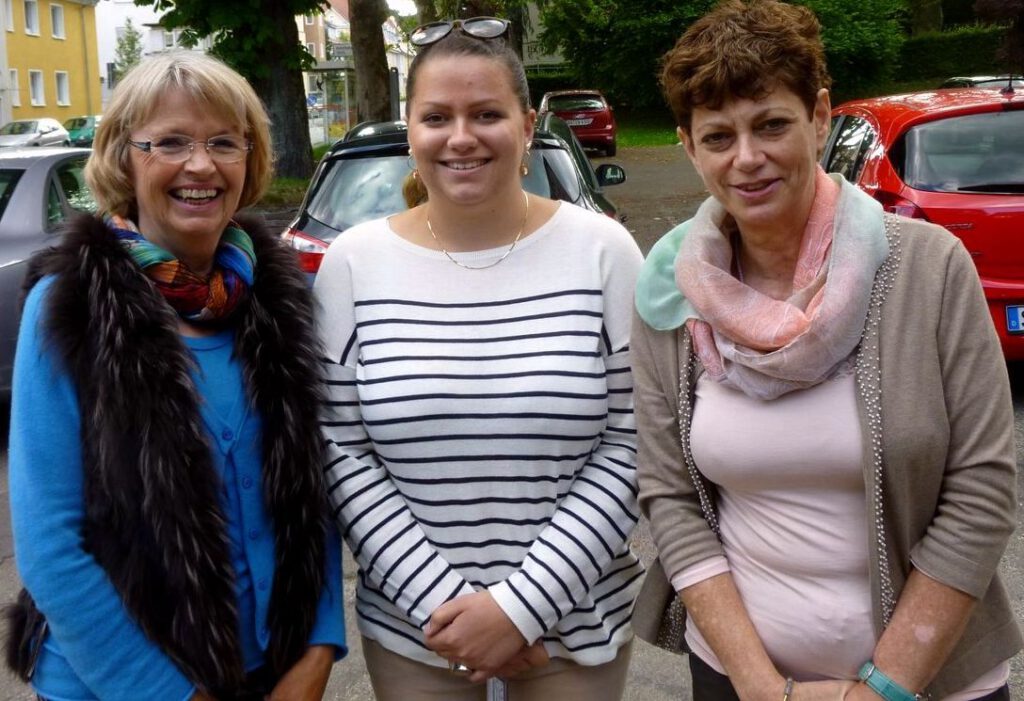
Two Stumbling Stones in front of the house at Grabenstraße 18 were laid in May 2009, to commemorate the fate of the Oppenheimer family. At the same place the Stumbling Stone for their son Kurt was laid in 2013.
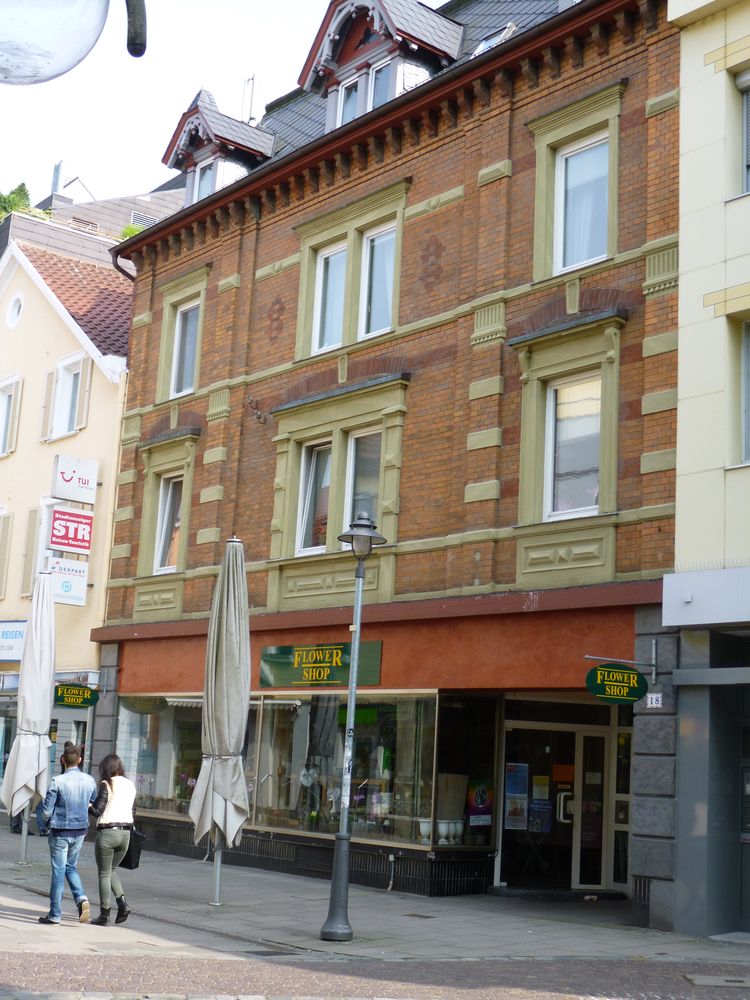
(13.02.2017 kmr/ir)


Leave a Reply